We will be exploring a heartwarming topic regarding the twelve (12) ways to translate love in every language in our newest blog post. If you are a language enthusiast or love aficionados, you may appreciate this post. This post will dive into the linguistic aspect of expressing love and also an individual’s style in conveying love and affection to another person.
During one of the most celebrated days to express love, Valentine’s Day will be mentioned as well with photographic images I have taken over the years. The images show handcrafted gifts that you can create yourself to express your love for anyone in your life and it doesn’t have to just be during Valentine’s Day. This post also reminds me of the workshop Becoming You Lifestyle Management had with our resident and licensed relationship and sex therapist, Tiffini Sharifi. Details on this event can be found on our events page Intimacy & Sexual Healing. Contact us via email if you or your organization would like us to host this workshop at your establishment.

WHAT DOES IT MEAN TO SAY I LOVE YOU
Saying I love you can mean different things to different people. It’s typically used as a way to show you care, declare your affection, and even as a commitment towards another person. Articulating “I love you” expresses a sense of emotional intimacy and vulnerability. It’s also a wonderful affirmation of the bond you may have with someone else. One can say that its the foundation for a strong and loving relationship. When someone expresses this, it’s as if they are truly willing to prioritize another persons happiness.
WHY SAYING, ‘I LOVE YOU’ MATTERS
Saying ‘I love you’ matters to people for many reasons. One understandable reason is that it provides a sense of reassurance that they are valued and cherished. This isespecially true during difficult times. Using this term also shows appreciation and gratitude to the special people in your life. And its not uncommon for someone to say this when they are deeply committed to someone else. The first ‘I love you’ will strengthen the bond you have with your family or partner. With this comes trust and a sense of security.
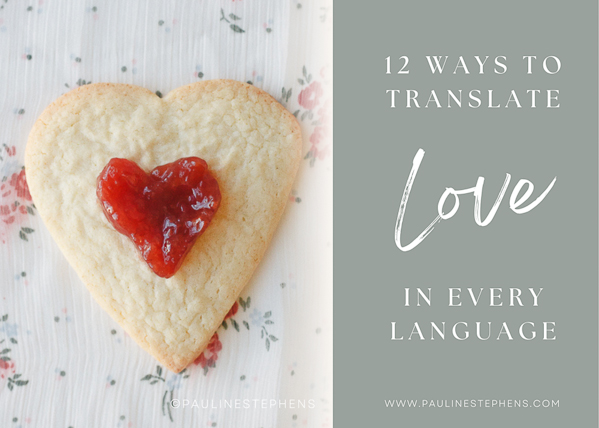
TRANSLATIONS OF ‘I LOVE YOU’ ACROSS THE WORLD
There are romantic ways to convey ‘I love you’. There is something pure in how it’s used across cultures and around the world. You’ve seen it used in various languages in movies. Using the term in a way that’s different from your native tongue can and will surprise your loved ones. Here are some ways you can say ‘I love you’ to strike up a conversation. Say it and watch everyone’s confidence level go up a notch!
Arabic: “Ana behibak”
Danish: “Jeg elsker dig” and “Kaerlighed”
French: “Je t’aime”
German: “Ich liebe dich”
Hindi: “Main tumse pyar karta/karti hoon”
Italian: “Ti amo”
Japanese: “Ai shitemasu”
Mandarin Chinese: “Wo ai ni”
Portuguese: “Eu te amo”
Spanish: “Te amo”
Swahili: “Nakupenda”
So you now see the many ways love is expressed and the ability it has to transcend language barriers. There are many more languages to explore so feel free to find the language that fits your needs using the internet.
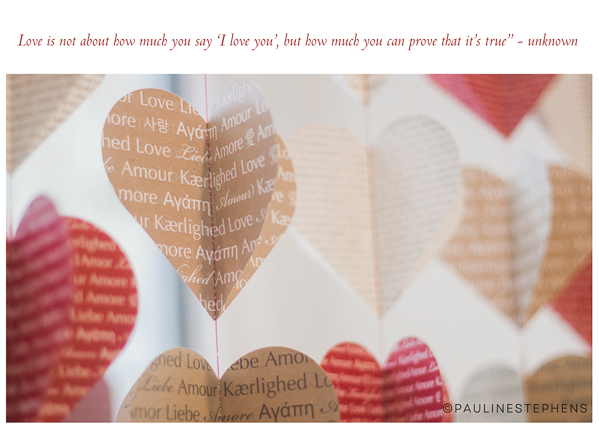
NONVERBAL WAYS TO EXPRESS LOVE
Love can be expressed in ways other than verbally. One doesn’t necessarily need verbal confirmation to feel love from someone. Confirmation can come in the form of emotional support. You may have heard the saying, “Actions speak louder than words”. Well, showing acts of kindness and support is a way to show your love and care for someone. Don’t negate the fact that saying, ‘I love you’ still holds more weight than doing something. However, using the two makes the experience even better.
How we give and receive love has been studied for many years and even today it’s a topic of discussion. Understanding how we give and receive love helps us nurture bonds we hope last forever. In the early 1990s, there was a rise in the divorce rate. With this came a growing interest in self-help books to guide individuals to improve their relationships. Books written by Dr. Gary Chapman, Dr. Sue Johnson, and Dr. John Gottman were selling out at bookstores across the United States. One of the books that many took interest in was “The 5 Love Languages” by Dr. Gary Chapman. We will discuss these five (5) love languages from his book next.
FIVE LOVE LANGUAGES FOR DEEPER CONNECTIONS
It’s not known what motivated Dr. Gary Chapman to write his acclaimed book, “The 5 Love Languages: The Secret to Love that Lasts” in 1992. However, during this time many couples faced challenges in navigating changes and maintaining healthy and fulfilling relationships. We can assume that as a marriage counselor, Dr. Chapman had the tools to help those who were looking for relief from their personal struggles and societal pressures to maintain the status quo.
Since then, Dr. Chapman has released other variations for other subgroups such as children and singles. You’ll find resources in “The 5 Love Languages of Children” and “The 5 Love Languages for Singles”. Information for these books and other resources can be found on Dr. Chapman’s official website (www.5lovelanguages.com).
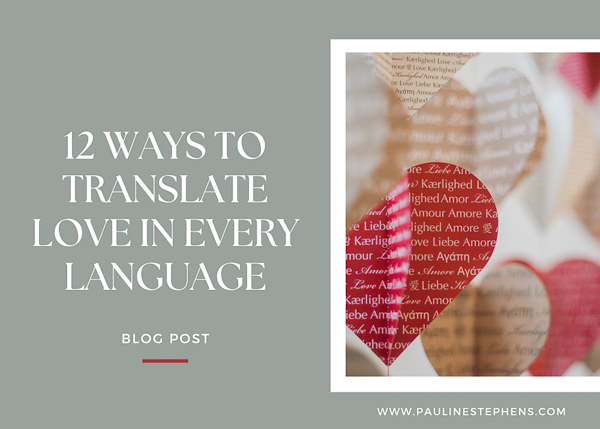
LOVE LANGUAGE TYPES THAT NURTURE RELATIONSHIPS
The concept of love languages is explained here using the framework created by Dr. Gary Chapman. Use these concepts to nurture your family and romantic relationships. Discussing these concepts with your family or partner is also a great icebreaker for a strained relationship as well.
The five (5) love languages can be a good way to interpret and express your love, gratitude, and commitment to your loved one. Even more important, they are great concepts that will help you identify how you prefer to be treated in relationships. After all, it’s crucial to have clear self-reflection when dealing with building and maintaining relationships.
The love languages Dr. Chapman breaks down are Words of Affirmation, Acts of Service, Receiving Gifts, Quality Time, and Physical Touch. By identifying our primary love language, we gain insight into our and our loved one’s emotional needs and preferences. Once you identify the primary love language, you should see an improvement in your communication, connection, and feeling of belonging with your family, friends, and partner.
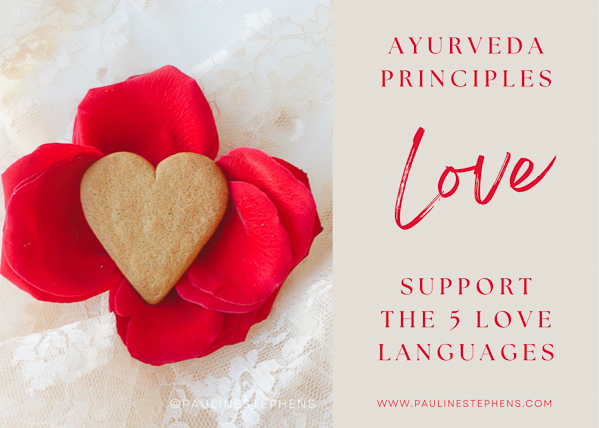
AYURVEDA PRINCIPLES SUPPORT THE 5 LOVE LANGUAGES
In Ayurveda, the ancient Indian system of holistic healing, the concept of the “5 Love Languages” aligns closely with the principles of fostering balance and harmony in all aspects of life. Ayurveda recognizes that each individual has a unique constitution, or dosha which influences their physical, mental, and emotional tendencies. This falls in line with Dr. Chapman’s writings on how unique one human individual prefers to give and receive love over another.
The five (5) love languages intersect with the different doshic energies as listed below:
Words of Affirmation intersect with Pitta dosha. Pitta dosha is associated with qualities such as warmth, confidence, and determination. Those with a dominant Pitta energy may appreciate Words of Affirmation that acknowledge their strengths, achievements, and contributions. In Ayurveda, offering words of praise and encouragement can help balance Pitta energy and foster a sense of self-worth and confidence.
Acts of Service intersect with Kapha dosha. Kapha dosha is characterized by qualities of stability, nurturing, and compassion. Those with a dominant Kapha energy may feel loved and supported when their partners perform Acts of Service that cater to their needs and comfort. In Ayurveda, acts of service can help balance Kapha energy by creating a sense of warmth, care, and security in the relationship.
Receiving Gifts intersect with Vata dosha. Vata dosha is associated with qualities such as creativity, sensitivity, and spontaneity. Individuals with a dominant Vata energy may appreciate the thoughtful gesture of Receiving Gifts as a tangible expression of love and appreciation. In Ayurveda, giving meaningful gifts can help balance Vata energy by providing a sense of stability, grounding, and connection.
KAPHA, PITTA, VATA AND THE 5 LOVE LANGUAGES
Quality Time intersect with Pitta, Kapha, and Vata also known as Tridosha. Quality time is essential for fostering emotional intimacy and connection in relationships, regardless of one’s dominant dosha. Spending quality time together allows couples to deepen their bond, communicate openly, and create memories. In Ayurveda, prioritizing quality time together helps balance all three doshas by fostering emotional well-being, harmony, and balance in the relationship.
Physical Touch intersect with Pitta, Kapha, and Vata also known as Tridosha. Physical touch is a universal expression of love and intimacy that can benefit individuals of all doshic constitutions. Whether it’s a comforting hug, a gentle caress, or holding hands, physical touch helps release feel-good hormones and promotes emotional connection and well-being. In Ayurveda, physical touch is considered essential for balancing all three doshas and promoting overall health and vitality in relationships.
If you would like to know what doshic energy you identify with, get a Dosha Assignment Pulse Analysis with us today!
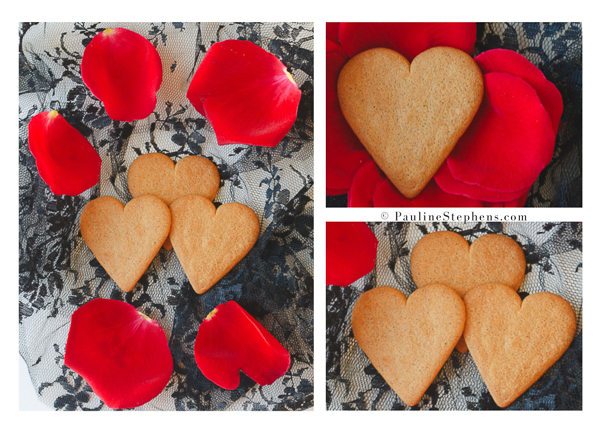
COMMON WAYS TO EXPRESS THE 5 LOVE LANGUAGES
Whether you are looking to master the ways to express your love or simply looking for further clarification the following examples are round maps you can focus on.
WORDS OF AFFIRMATION:
Writing a love letter
Offering encouraging words
Giving compliments
ACTS OF SERVICE:
Spontaneously cooking a meal
Performing household chores consistently
Offering to take on your loved ones’ task
RECEIVING GIFTS:
Bringing home a token of appreciation
Giving a thoughtful gift on special occasions
Creating handmade and sentimental gifts
QUALITY TIME:
Unplugging from all distractions
Actively listening to your partner undisturbed
Planning a date night
Sharing hobbies that you both enjoy
PHYSICAL TOUCH:
Prioritizing physical intimacy
Holding hands while sitting together or walking
Cuddling to show affection
Our sold-out workshop on Intimacy and Sexual Healing with our resident and licensed relationship and sex therapist explored these languages in greater detail. Participants were able to express themselves and found value in the discussions. SUBSCRIBE to our newsletter to find out about any upcoming workshops on similar topics.
Want to read more posts on Ayurveda? Click the link of the posts titles below.
- 5 Ayurvedic Strategies To Beat Seasonal Affective Disorder (SAD)
- Renew Your Health: Ayurveda Inspired Fruits for Weight Loss and Diabetes Management
- Why Use a Copper Tongue Scraper: Unveiling the Benefits
And purchase your tongue scraper here: 100% Copper Tongue Scraper
Support our blog by sharing it on your social media feeds. Simply click on the below social media icons and share. On Pinterest? Repost the below Pinterest pin.











Love this! Some great detailed points! 😇
Thank you Gigi! Glad you found value in this post.
I believe those 3 words are the most powerful words to bond with another person. Great read, thanks for sharing.
You are welcome Anthuwin and thank you for your feedback!
It is such a romantic post! I know “I love you” in English, Spanish, German, and Russian. I would like to learn Arabic, too; it seems like a beautiful language.
Thats so impressive Olga. Go for it. I’m sure you’ll be able to pick up one more language. 😊
What a positive post! Thanks for the ideas!
You’re welcome Lani.
Indeed there are so many ways to show some love. Thanks for the ideas
You’re welcome, Lani
Saying “I love you” can be one of the most powerful and meaningful expressions in any relationship. From my own personal experience, I’ve found that those three little words hold immense weight and significance. Thanks for sharing this post!
You are very welcome. And thank you for sharing your wonderful insight regarding this post.
Such a cute post! Thanks for sharing this:)
You’re welcome Rylee!
What a beautiful lovely post ❤️
Happy the Italian translation was mention too 😊
Thank you Ambra. 🙂
As a bit of a language and linguistics nerd, I really enjoyed this post!
That so wonderful. Nerds unite! LOL. I am glad you enjoyed this. 🙂
The message is to look after our loved ones and love does not necessarily have to be expressed in words. Great post
Oh, I am glad you received that from this post and its true. Look after your loved ones.
Love this post! The 5 Love Languages is such a great book. It is so easy to love someone how we best receive love, thank you for the reminder to love in ways the other person receives it best
You’re welcome. Thank you for insight and stopping by.
Discovering these 12 ways to translate love in every language is heartwarming! Thanks for sharing this!
You’re welcome 🙂
Great post!
Thank you.
This article on the different love languages was really insightful. It’s fascinating to learn how varied our expressions and receptions of love can be, from words of affirmation to acts of service, and everything in between.
I am glad you found meaning in this article Ann. Thank you for your insight as well.
It’s nice to know how I love you is said in various languages. The amazing thing about love is how is transcends across so many barriers! Thanks for sharing.
Yes that is a great observation. You are welcome and thank you for stopping by.
I love that you added non-verbal ways to express love. Sometimes all you need is a gentle touch to make it better.
Thank you Sandi!